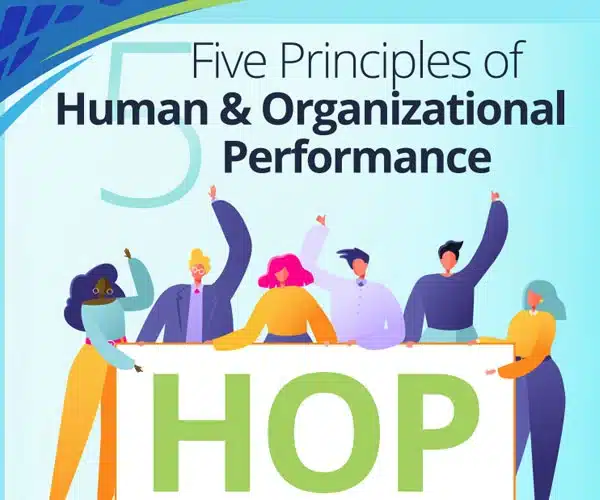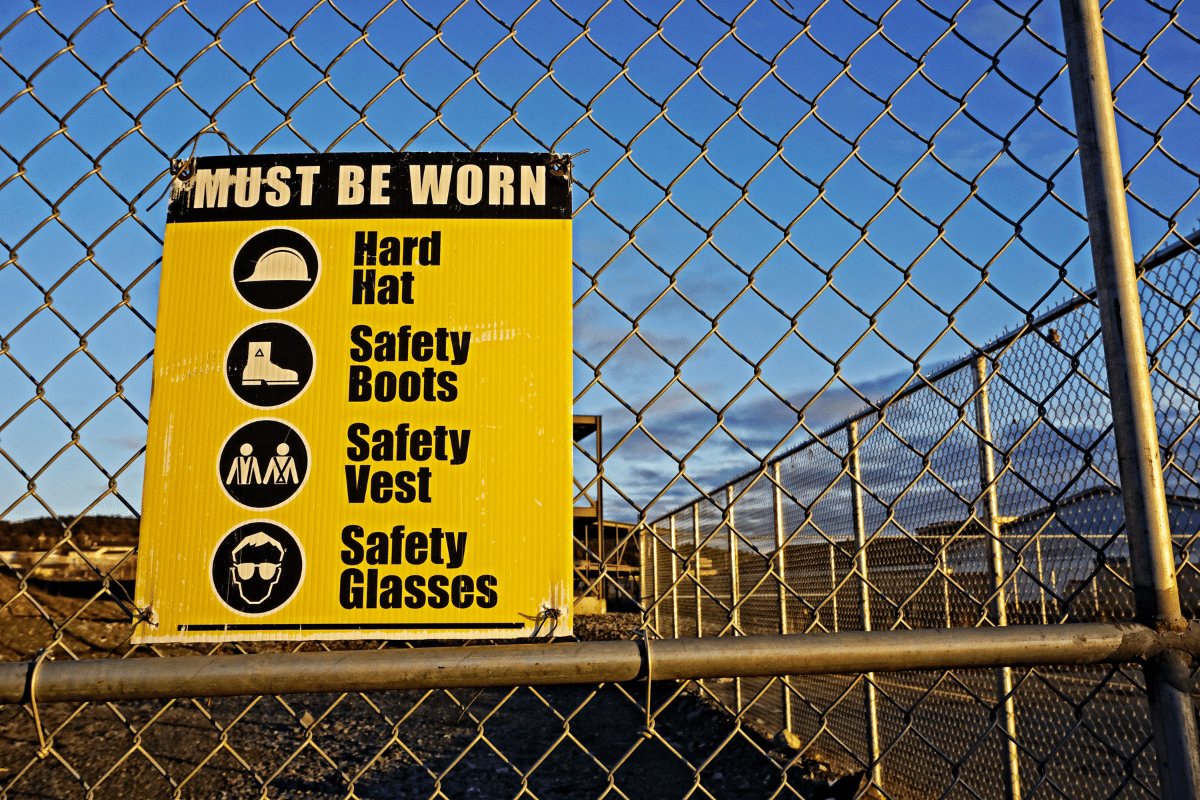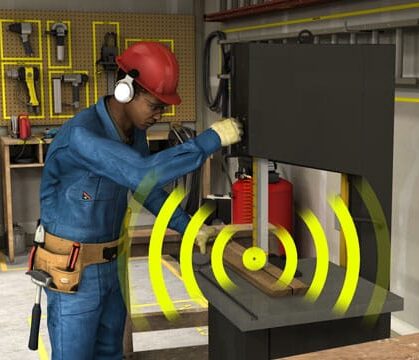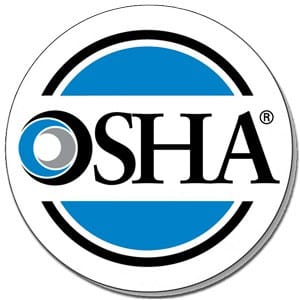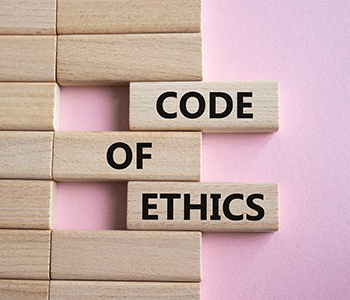June 29, 2021 6 min read

Organizational Culture Basics: Three Levels of Observability
Industry:
Solution:

The culture of your organization is a powerful thing. It influences many of the realities of your organization and is an important consideration during organizational changes as well.
You often hear people talk about organizational culture, but it’s not always as clear what people are talking about when they use those words. Do we all mean the same things when we’re talking about organizational culture? How do we analyze organizational culture? How do we change organizational culture? Those are some of the things our new series of blog posts titled Organizational Culture Basics will explore.
In this article, the first in our organizational culture basics series, we’ll discuss Edgar Schein’s model for organizational cultural analysis that breaks organizational culture down into three levels based on “observability.”

Vector EHS Management Software empowers organizations – from global leaders to local businesses – to improve workplace safety and comply with environmental, health, and safety regulations.
Learn more about how our software can save you valuable time and effort in recording, tracking, and analyzing your EHS activities.
Learn more about how we can help:
- Incident Management Software →
- EHS Inspection Software →
- Key Safety Metrics Dashboard →
- Learning Management System (LMS) and Online Training Courses →
- Mobile Risk Communication Platform
Download our EHS Management Software Buyer’s Guide.
What Is Organizational Culture & Who Is Edgar Schein?
Let’s start by explaining a couple of biggies: who is Edgar Schein and what is organizational culture? We’ll start by explaining who Schein is because we’ll use his definition of organizational culture to explain that.
Edgar Schein
Edgar Schein is a scholar and well-known expert in issues related to organizational development, organizational culture, and more. He’s Society of Sloan Fellows Professor of Management Emeritus at MIT Sloan and is head of the Organizational Culture and Leadership Institute (OCLI). Titles of a few relevant books include Culture Change & Leadership and Organizational Culture & Leadership, although he’s also well-known for Humble Inquiry, Humble Leadership, and more titles (see Schein’s books at Amazon).
In this article, we’re going to be leaning heavily on Schein’s book Organizational Culture & Leadership, including for our definition of organizational culture and for his three-level model of organizational cultures.
Organizational Culture Defined
Now take a moment and ask yourself what “organizational culture” means. It’s a phrase that’s thrown around a lot, but do we really know what we’re talking about when we use it? Anthropologists are experts in culture, right? How many of us are anthropologists or have studied enough anthropology to have a nuanced, sophisticated understanding of culture instead of just a superficial idea?
One definition you hear a lot is something like “the way we do things around here.” That’s actually not all bad, although it can be improved.
Here’s how Schein defines organizational culture in his book Organizational Culture and Leadership (5th Edition) on page 6:
The culture of a group can be defined as the accumulated shared learnings of that group as it solves its problems of external adaptation and internal integration; which has worked well enough to be considered valid and, therefore, to be taught to new members as the correct way to perceive, think, feel, and behave in relation to those problems. This accumulated learning is a pattern or system of beliefs, values, and behavioral norms that come to be taken for granted as basic assumptions and eventually drop out of awareness.
Wow-so there’s a lot of nuance to unpack there, right? That’s a little more sophisticated than “the way we do things around here,” isn’t it?
Let’s take a closer look at some of that more closely.
- Accumulated shared learnings of [a] group: So culture is the sum-total of what a group has learned (see our article on learning organizations for some related content there).
- Problem-solving: Schein said “as it solves its problems” but to paraphrase, that accumulated shared knowledge is developed through problem-solving over time (see this article about the cynefin framework, a “sensemaking device,” for some insight into how people make decisions when faced with problems).
- External adaptation and internal integration: That problem-solving (and the resulting learning) arises in the face of problems related to external adaptation (how your organization deals with external factors, if you will) and internal integration (internal relationships, processes, and so forth).
- Which has worked well enough to be considered valid: Note those sixlast words–“well enough to be considered valid.” It’s not necessarily the case that your organization found the BEST answers, but people within the organization believe the learnings have worked well enough. Again, this takes us back to sensemaking–check out Weick’s book Sensemaking in Organizations for more on this related topic.
- Taught: Organizations teach their culture to newcomers, both directly and indirectly.
- The correct way to perceive, think, feel, and behave: Wow, organizational culture is pretty all-encompassing!
- Come to be taken for granted and eventually drop out of awareness: These learnings and the resulting feelings, beliefs, and values become so engrained they become “automatic”–we have them and they influence what we do, but we’re no longer aware of it (see our article on Daniel Kahneman’s book Thinking, Fast and Slow for some thoughts about heuristics and automatic, “fast” thinking.
So with that definition of organizational culture down, plus those short extended comments on some key elements of the definition, let’s move on to the three-level model of organizational culture that Schein offers in his book.
Three Levels of Organizational Culture
Schein proposes a three-level model of organizational cultures, to be used for cultural analysis (and later cultural change), based on “observability.” Here’s how Schein explains it in his book (p. 17):
Culture in general can be analyzed at several different levels, with the term “level” meaning the degree to which the cultural phenomenon is visible to you as participant or observer. These levels range from the very tangible, overt manifestations that you can see and feel to the deeply embedded, unconscious, basic assumptions that we are defining as the essence of culture, or its DNA. In between these layers are various espoused beliefs, values, norms, and rules of behavior that members of the culture use as a way of depicting the culture to themselves and others.
The three levels he suggests all cultures have are, listed from “most visible” to “least visible:”
Artifacts: These are things an outside observer can easily see, feel, or otherwise sense/observe. What does the building look like and what do the desks/work areas look like? How do people dress? How do people interact? What are its observable rituals, ceremonies, and procedures? What behaviors occur? Schein notes that although these artifacts are easy to observe, they’re actually difficult to decipher because as an outside observer you won’t have enough organizational insight to make full sense of them.
Espoused values and beliefs: This level includes what the organization says about itself–ideals, goals, values, aspirations, ideologies, and rationalizations. These espoused values and beliefs may or may not be aligned with the artifacts (above) or the organizational assumptions (below). You can break these down further, as Schein says (p. 21), into “those that are congruent with the underlying assumptions that guide performance, those that are part of the ideology or philosophy of the organization, and those that are rationalizations or only aspirations for the future.”
Taken-for-granted, unstated, automatic, underlying assumptions: This is the really deep stuff. It’s so deep people aren’t really aware of it and tend to not second-guess it or think about it in a critical manner, even if change might be beneficial. These assumptions influence the artifacts and may or may not be aligned with the espoused values and beliefs.
Using Schein’s Three-Level Model for Cultural Analysis (and Cultural Change)
According to Schein, cultural change should start with a cultural analysis to understand your current state. A cultural analysis of your current state can be helpful because it might (1) support your beliefs about what the current state is or (2) surprise you and show a disconnect between your sense of the organizational culture and what your cultural analysis shows.
So the first step is to get out there and begin observing, digging, and asking questions to learn about cultural elements in each of the organization’s three levels. Read Schein’s book to learn more about this, including his takes on qualitative and quantitative analysis once you’re completed your three-level model.
In an upcoming blog post, we’ll provide an introduction to one of those quantitative models–the OCAI cultural analysis survey and the competing values framework by Cameron & Quinn. Hey–we’ve written this article on the OCAI cultural assessment model now, check it out.
And of course, all this leads to cultural change efforts and change management. Stay tuned for more on that, as well. And good luck with your own organizational culture analyses and change efforts (here’s an interesting recorded discussion we did with Arun Pradhan on facilitating change for performance improvement and another discussion with Julie Dirksen on supporting behavior change at work).
Before you go, feel free to download our 5 Principles of HOP (or Human & Organizational Performance) infographic. Implementing the principles of HOP is likely to bring positive change to your organizational culture and make it easier for your organization to succeed in reaching its goals.
5 Principles of HOP
Get started with human & organizational performance (HOP).
Yes! I Want this Infographic!